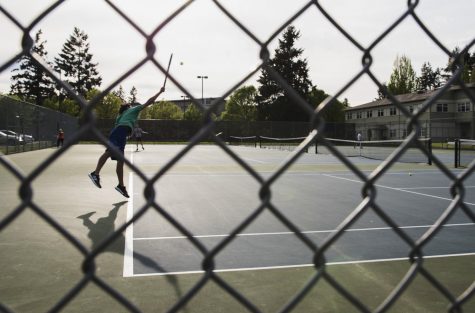Important practices of staying active while safely fighting cabin fever
How to consolidate two important practices: staying active and self-isolating
May 13, 2020

Despite the pandemic that the world is currently facing, some people may be taking the call to self-isolate too lightly, thinking that the probability of them contracting COVID-19 is slim-to-none, and would probably only be a mild case if caught.
But, considering the gravity of this virus and how fast it has spread across the world, it seems more reasonable to strive to prevent the spread of the virus than to risk infection on a personal whim. In this way, your act of self-isolation is not only serving yourself and your health, but also contributing to the global effort to eradicate the virus.
Though you may not think that you’ll find yourself contracting the virus, it is important to consider the people you will affect if you do contract the virus. First, since the virus takes up to two weeks to manifest its symptoms, so you could be endangering everyone around you — particularly those closest to you — without you even being aware of it. Second, even if you live alone and you feel like you can make your own decisions, contracting the virus will cause anxiety and fear in the ones who care about you. So, for the sake of yourself, your loved ones and your community, do not dismiss the importance of self-isolating.
While self-isolating plays a pivotal role in stopping the spread of COVID-19, staying active is equally important in these trying times. Especially since symptoms of “cabin fever” have begun to manifest for many. Staying inactive at home with no stimulation or interactions will take a toll on one’s physical and mental health, but self-isolation does not mean life comes to complete stop.
The Center for Disease Control and Prevention suggests that one way for people who have found themselves without a regular rhythm to combat lethargy, irritability, or are lacking motivation is to do something physical. They stated that it is a great way to“reduce your risk of depression and anxiety and help you sleep better.” As difficult as it is to start a new routine, guarding against the negative effects of self-isolation will make a difference in your health, both mentally and physically. Once you become passive towards a slip in your psyche or physique, it becomes all too easy for that negative habit to snowball into other detrimental patterns. To prevent the decline of your mind and your body, it is important to stay active even while self-isolating.
Though staying active while self-isolating may sound like an oxymoron, there are plethora of ways for the two practices to coexist. The easier aspect of staying active during self-isolation is the mental aspect. Keeping your mind engaged, or mentally active, is easy to accomplish in tandem with self-isolation since most mental activities can be more easily done alone and indoors.
Additionally, there are many ways to engage your mind, the most difficult part would be choosing which you want to do.
One on hand, you could indulge in a hobby like reading, knitting or painting. These activities will engage your mind by accessing the creative part of your brain\; they will also have a positive mental impact because you are doing something that you enjoy. On the other hand, you could expand your mind by learning a new language or reading up on a topic that interests you. Such activities will engage the part of your brain related to higher-ordered functions\; these activities will also positively affect you because they produce a sense of productivity and achievement.
The harder aspect of staying active during self-isolation is the physical aspect, but it is not impossible.
There are many ways to stay active while staying home. For example, there are many workout videos on YouTube that require no gym equipment. Other than that, you could tidy up around the house or reorganize some rooms.
At least in the United States, self-isolation does not completely prohibit you from going outside. You could go on a bike ride, or even a walk in the park, as long as you maintain six feet of distance between you and anyone around you. Though this form of staying active has a slightly higher risk factor, you can counteract that by wearing a mask, washing your hands often and wiping down anything you brought out with you when you get home.
Being outside and active may also bring many positive outcomes for your mind. Enjoying the sunshine and surrounded by nature may prove to be a welcome change from staying at home all day. Meanwhile, being physically active will prevent your body and mind from sinking into lethargy and disuse.
Just as negative effects have a tendency of spiraling downwards, the positive effects of staying active will certainly extend themselves and elevate you to a happier and healthier state. Make the most of your self-isolation and stay active in both your body and your mind.
























































































